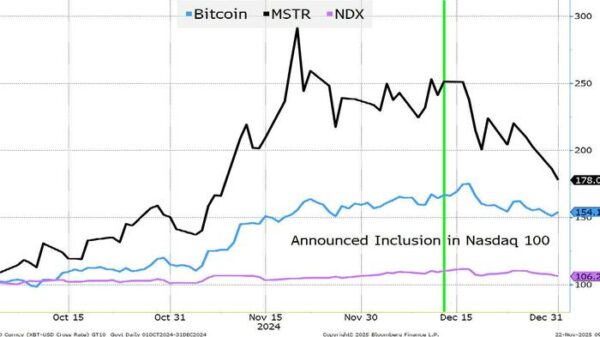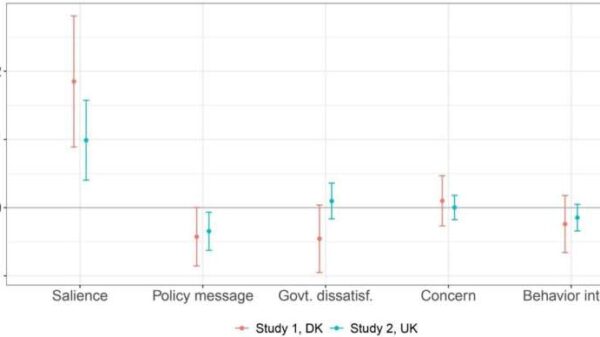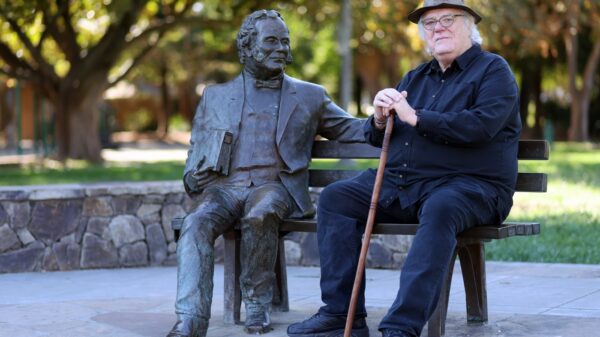The recent Canadian federal election in April 2023, which resulted in Mark Carney’s Liberal Party forming a minority government, highlighted a resurgence of anti-American sentiment. Many interpreted the election outcome as a rejection of Donald Trump’s confrontational policies toward Canada. His controversial tariff measures and provocations, such as suggesting Canada could become “the 51st state,” played a significant role in the Liberal Party’s unexpected political comeback against the Conservative Party, led by Pierre Poilievre, who had previously dominated the polls.
Despite this electoral victory, the relationship between Canada and the United States remains strained. Carney’s government, while initially vocal about standing firm against Trump’s rhetoric, has made several concessions, raising concerns among Canadians about whether their national interests are genuinely being protected. Boycotts of American products persist, reflecting deep-seated economic and cultural grievances. This situation reveals a broader, more historical narrative of anti-Americanism in Canada, a sentiment that has roots stretching back centuries.
The Historical Context of Anti-American Sentiment
Anti-Americanism is not a new phenomenon in Canada. Historical accounts trace the origins of this sentiment to the late 18th century, when key figures of the American Revolution, including George Washington and Thomas Jefferson, expressed intentions to annex Canadian territory. The failed siege of Quebec in 1775 marks one of the earliest attempts to incorporate Canada into the United States, a move resisted by loyalists to the British Crown.
Throughout the 19th century, the fear of invasion intensified, particularly during the War of 1812. This conflict saw the United States engage in multiple invasions of what would become Canada. The Canadian War Museum notes that despite facing repeated invasions, Canadian forces demonstrated resilience, ultimately leading to American withdrawals. Prominent figures from this period, such as Isaac Brock and Laura Secord, became symbols of Canadian resistance and are celebrated in the national consciousness.
Enduring Resentment and Modern Implications
The legacy of these historical events continues to shape Canadian attitudes toward the United States. A sense of cultural and economic inferiority often pervades Canadian society, where the influence of American culture is pervasive. Attempts to bolster Canadian art and identity have frequently clashed with the reality of American dominance.
Trade relations have long been a contentious issue. The memory of late 20th-century disputes, such as the 1911 reciprocity agreement, remains fresh in Canadian political discourse. The backlash against perceived Americanization during these negotiations ultimately led to the election of Conservative Robert Borden, who campaigned on a platform opposed to American influence.
The tensions between the two nations have resurfaced during various global conflicts, including the Vietnam War and the Iraq War, each time reigniting feelings of resentment. Canadian responses to American foreign policy have often been marked by protests and expressions of national identity, underscoring the complex relationship between the two countries.
As Canadians navigate their identity in relation to their southern neighbor, the question remains whether anti-Americanism is a transient sentiment or a core aspect of Canadian politics. According to Kim Richard Nossal, a leading scholar on the subject, Canada’s identity has historically been shaped by a conscious rejection of American integration. He argues that anti-Americanism is often a reaction to specific policies and political figures rather than an inherent trait of Canadian society.
The current political landscape suggests that while anti-American sentiment may ebb and flow, it serves as a powerful tool for political mobilization. As Canadians reflect on their historical grievances, the relationship with the United States continues to evolve, shaped by both past experiences and contemporary events.




































































